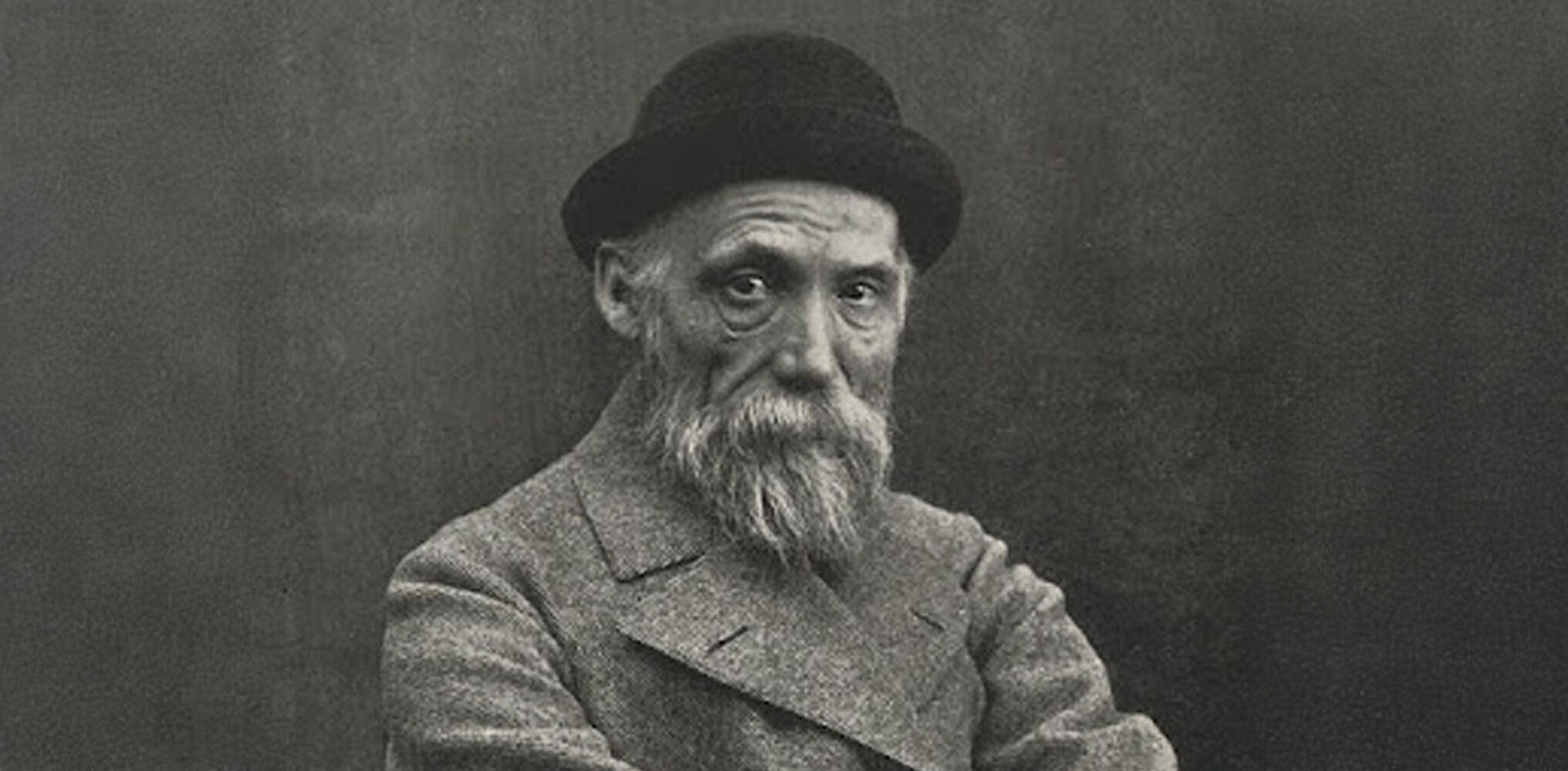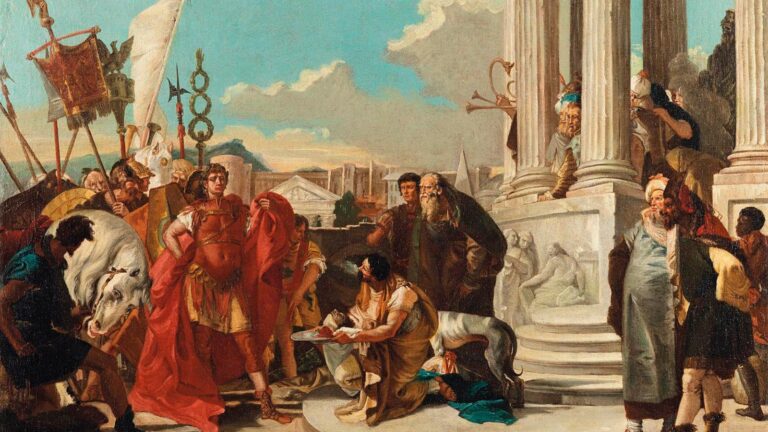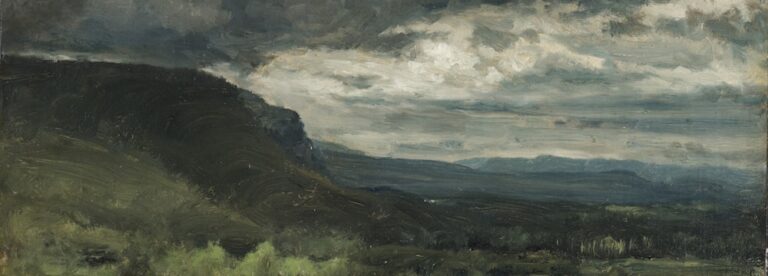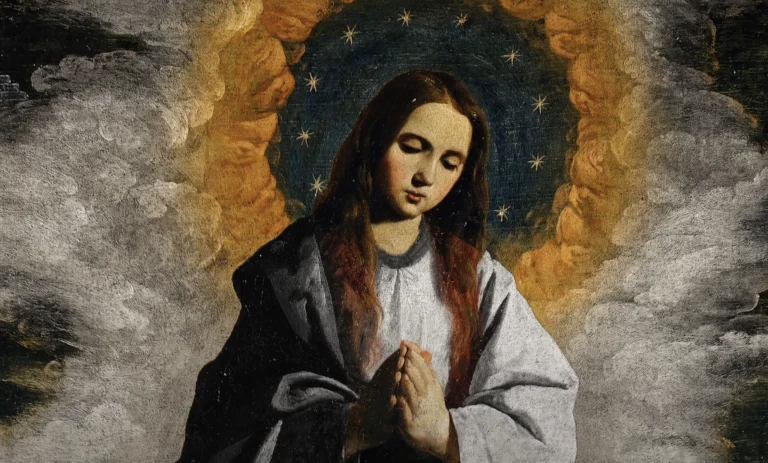Pierre-Auguste Renoir: Painter of Light and Joy in Impressionism
Born: 25 February 1841, Limoges, France
Death: 3 December 1919, Cagnes-sur-Mer, France
Art Movement: Impressionism
Nationality: French
Teacher: Charles Gleyre
Institution: Ecole des Beaux Arts
Pierre-Auguste Renoir: Painter of Light and Joy in Impressionism
Life and Career of Pierre-Auguste Renoir
Pierre-Auguste Renoir became one of the most celebrated French Impressionist painters despite humble beginnings. His artistic journey spanned over six decades, during which he developed a distinctive style characterized by vibrant colors and intimate compositions.
Early Life and Education
Renoir was born on February 25, 1841, in Limoges, France, to a working-class family. His father was a tailor, and his mother was a seamstress. When he was four, his family moved to Paris, where he would spend most of his life.

Odalisque (An Algerian Woman) (1870) by Pierre Auguste Renoir
At age 13, Renoir began working as a porcelain painter, showing early artistic talent. This job helped him develop precise brushwork skills that would later influence his painting style.
In 1862, Renoir entered the prestigious École des Beaux-Arts and studied under Charles Gleyre. There he met fellow artists Claude Monet, Alfred Sisley, and Frédéric Bazille, who would become his friends and collaborators in the Impressionist movement.
Rise to Prominence
During the 1870s, Renoir participated in the first Impressionist exhibitions, though he maintained a complicated relationship with the movement. His breakthrough came with paintings like “La Loge” (1874) and “Dance at Le Moulin de la Galette” (1876).
Renoir’s work gained recognition for capturing joyful scenes of modern Parisian life. He portrayed people enjoying themselves in cafés, dancing, and relaxing outdoors.
In 1881, he traveled to Italy, where Renaissance masterpieces influenced his style. This trip marked a turning point as he began to question Impressionism and developed what scholars call his “Ingres period,” featuring more defined figures and contours.
By the mid-1880s, Renoir had achieved considerable success. Wealthy patrons commissioned portraits, ensuring his financial stability.
Late Career and Death
In the 1890s, Renoir developed rheumatoid arthritis, which severely affected his mobility. Despite this painful condition, he continued painting by having brushes strapped to his hands when he could no longer hold them.
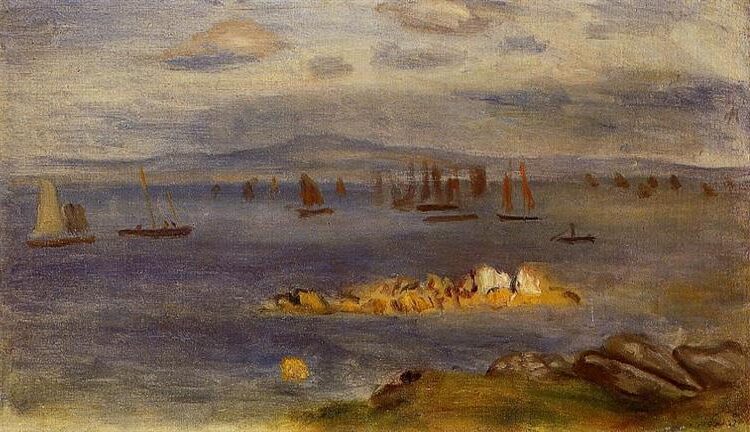
The Coast of Brittany, Fishing Boats (c. 1878)
During this period, Renoir shifted his focus to nudes, domestic scenes, and landscapes. His style became more fluid, with warmer colors and softer forms.
In 1907, he purchased a property in Cagnes-sur-Mer in southern France, where the warm climate helped ease his arthritis. The “Renoir Estate” became his final home and workplace.
His late works influenced younger artists, including Pablo Picasso and Henri Matisse, who visited him for guidance. Renoir remained productive until his death on December 3, 1919, at age 78, leaving behind thousands of paintings.
Artistic Style and Techniques
Renoir’s artistic style evolved throughout his career, moving from traditional techniques to Impressionism and later adopting a more classical approach. His distinctive brushwork, vibrant color palette, and focus on capturing light made his paintings instantly recognizable.
Influences and Development
Renoir’s early style was shaped by his work as a porcelain painter, where he learned precision and delicacy. This foundation influenced his later attention to detail, particularly in portraits.

The Large Bathers (1887) by Pierre-Auguste Renoir
In his formative years, Renoir studied the works of Eugène Delacroix and Francisco Goya, absorbing their use of color and movement. He also admired Rococo painters like Jean-Antoine Watteau and François Boucher, whose elegant compositions and themes would later appear in his own work.
The Louvre served as Renoir’s classroom, where he meticulously copied paintings by old masters. This practice helped him develop technical skills that would later blend with his impressionist techniques.
During the 1860s, Renoir formed a close friendship with Claude Monet, leading to painting sessions along the Seine that shaped his approach to outdoor scenes and natural light.
Impressionism and Beyond
Renoir became a central figure in the Impressionist movement during the 1870s. His paintings from this period feature loose brushwork, vibrant colors, and an emphasis on capturing the fleeting effects of light.
His technique during this time involved applying paint with small, distinct brushstrokes that created a sense of movement and vibration. He often used pure, unmixed colors placed side by side to create visual blending.
By the 1880s, Renoir entered his “harsh” or “Ingres” period. After a trip to Italy, he began questioning Impressionism’s lack of structure. He studied Renaissance works and adopted more defined outlines and smoother brushwork.
His final period, sometimes called his “pearly” period, combined elements from both styles. His brushstrokes became broader and more fluid, while his palette shifted toward warmer pinks, oranges, and reds.
Key Motifs and Subjects
Female figures dominated Renoir’s work throughout his career. He celebrated feminine beauty through portraits, nudes, and domestic scenes that captured a sense of joy and intimacy.
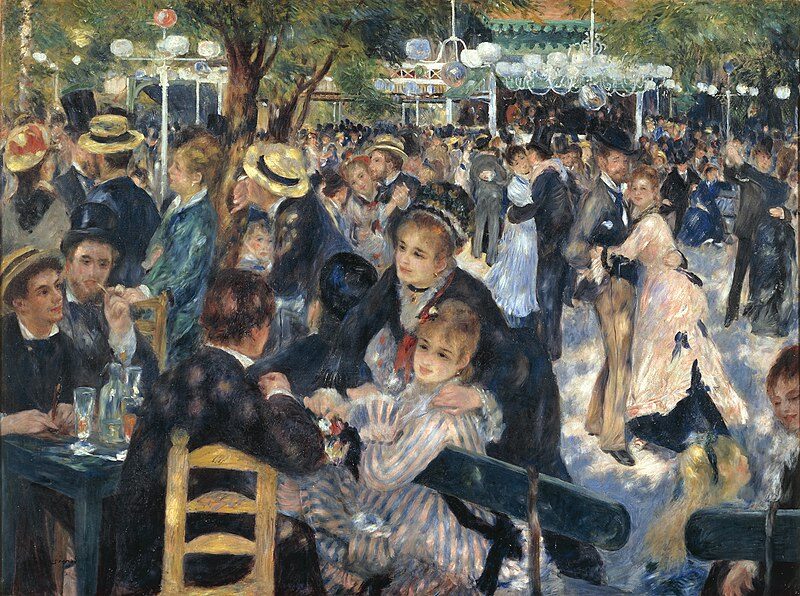
Dance at Le Moulin de la Galette – Pierre-Auguste Renoir (1876)
Renoir’s landscapes, particularly those painted en plein air, showcase his ability to capture natural light and atmospheric effects. Popular settings included:
- The Seine River and its banks
- Gardens and parks around Paris
- Rural scenes from southern France
Social gatherings became a Renoir specialty. His paintings of cafés, dance halls, and outdoor parties reveal his interest in modern Parisian life. “Luncheon of the Boating Party” (1881) exemplifies this focus, combining portraiture with social observation.
Children appeared frequently in Renoir’s work, portrayed with sensitivity and warmth. He often painted his own sons, capturing their spontaneous movements and expressions with remarkable tenderness.
Notable Works and Exhibitions
Renoir created hundreds of paintings throughout his career, with many housed in prestigious museums around the world. His artistic legacy spans multiple stylistic periods, from Impressionism to his later more classical approach.
Masterpieces and Recognition
Renoir’s 1876 painting “Dance at Le Moulin de la Galette” stands as one of his most celebrated works. This lively scene captures Parisians enjoying a Sunday afternoon in Montmartre with remarkable light effects and movement.

Luncheon of the Boating Party – Pierre-Auguste Renoir (1880–1881)
“Luncheon of the Boating Party” (1881) represents another pinnacle of his career, showcasing his skill with complex compositions and figure painting. The work hangs in the Phillips Collection in Washington, D.C.
His portraits, particularly of women and children, earned wide acclaim. “The Swing” (1876) and “The Large Bathers” (1887) demonstrate his evolution as an artist.
Major exhibitions of Renoir’s work occurred during his lifetime, including shows at the Salon in Paris and with fellow Impressionists. In 1892, the French government purchased “Young Girls at the Piano” for the Luxembourg Museum, marking official recognition of his talent.
Renoir’s Legacy in Art History
Renoir’s influence extends far beyond his lifetime, shaping generations of artists who followed. His techniques for depicting light and human figures created a lasting impact on painting.
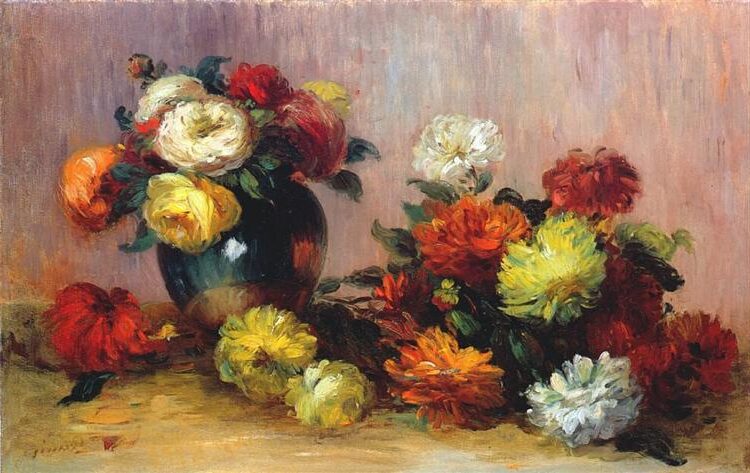
Bouquets of Flowers (c. 1880) – Pierre Auguste Renoir
Museums worldwide proudly display his works. The Barnes Foundation in Philadelphia holds the largest collection with 181 Renoir paintings.
Major retrospectives continue to celebrate his contributions, including landmark exhibitions at the Grand Palais in Paris (1985), the Art Institute of Chicago (2013), and the Museo del Prado in Madrid (2016).
His paintings command impressive prices at auction. In 2012, “Bal du moulin de la Galette” sold for $78.1 million, demonstrating his enduring market value.
Renoir’s joyful approach to painting everyday scenes helped establish Impressionism as a revolutionary art movement that broke from academic traditions.
Frequently Asked Questions
Pierre-Auguste Renoir stands as one of the most celebrated Impressionist painters of the 19th century. His distinctive artistic vision, technical evolution, and significant contributions to art history continue to fascinate art enthusiasts worldwide.
What are the defining characteristics of Pierre-Auguste Renoir’s painting style?
Renoir’s painting style is characterized by vibrant colors and a luminous, soft technique. He used feathery brushstrokes to create a sense of movement and light on his canvases.
His work typically features warm, saturated colors with an emphasis on pinks, blues, and greens. This palette helped him capture the joyful atmosphere he sought to convey.
Renoir particularly excelled at depicting human figures, especially women and children. His brushwork created a distinctive softness that gave his subjects a glowing, almost idealized quality.
Which notable art movements is Renoir associated with?
Renoir is most prominently associated with Impressionism, serving as one of its founding members. He participated in the first Impressionist exhibition in 1874 alongside Monet, Degas, and others.
During the 1880s, he moved away from pure Impressionism toward what scholars call his “Ingres period” or “dry period.” This phase showed greater influence from classical Renaissance painting.
Later in his career, Renoir developed what some call his “pearly period,” combining elements of his Impressionist technique with more structured forms.
Can you describe the evolution of Renoir’s artistic techniques throughout his career?
Renoir’s early work showed the influence of Eugène Delacroix’s colorism and the realistic representations of Gustave Courbet. These formative influences helped shape his developing style.
In his middle period (1880s), Renoir experienced artistic doubt and shifted toward more linear, precise techniques. His paintings from this time feature clearer outlines and more structured compositions.
His late period, despite suffering from rheumatoid arthritis, saw him develop a looser, more fluid style. He adapted his technique to his physical limitations, sometimes having brushes strapped to his hands to continue painting.
What are some of Renoir’s most famous paintings, and where can they be viewed today?
“Luncheon of the Boating Party” (1881) is one of Renoir’s masterpieces, currently housed at The Phillips Collection in Washington, D.C. This work brilliantly captures leisure time along the Seine River.
“Dance at Le Moulin de la Galette” (1876) hangs in the Musée d’Orsay in Paris. This vibrant scene of Parisian social life demonstrates Renoir’s skill at depicting light filtering through trees.
“The Large Bathers” (1887) represents his shift toward classicism and can be viewed at the Philadelphia Museum of Art. The Musée de l’Orangerie in Paris also holds a significant collection of his works.
How did Pierre-Auguste Renoir’s work influence subsequent artists and art movements?
Renoir’s approach to color and light directly influenced early modernist painters. His bold use of color helped pave the way for Fauvism and other 20th-century movements.
His celebration of everyday life and leisure scenes expanded the acceptable subject matter for “serious” art. This democratic approach to subject selection influenced generations of artists.
Renoir’s techniques for depicting the human figure, particularly his treatment of flesh tones, provided inspiration for artists like Pierre Bonnard and Henri Matisse.
What role did Renoir play within the Impressionist group and how did his relationships with other artists shape his work?
Renoir formed a particularly close friendship with Claude Monet. They often painted side by side. Their mutual influence helped develop many Impressionist techniques for capturing outdoor light.
He maintained a complex relationship with Edgar Degas. Degas’s more severe style contrasted with Renoir’s sensual approach. This creative tension enriched the Impressionist movement as a whole.
Some Impressionists remained outsiders to the establishment. Unlike them, Renoir eventually sought recognition from the traditional Salon. This position sometimes created tension within the group but reflected his desire for financial stability.


